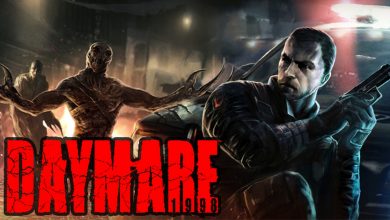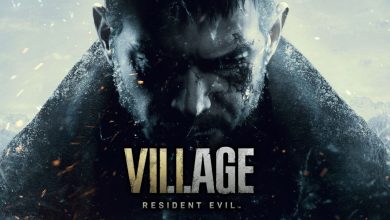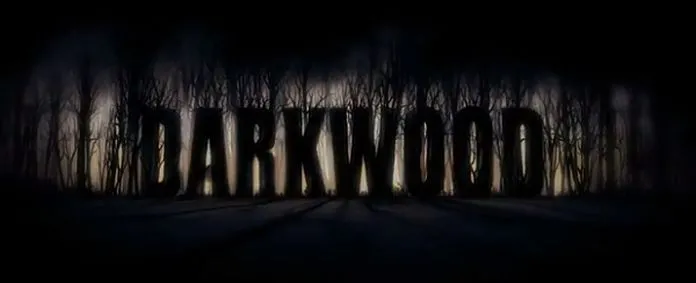
We've seen franchises reintroduced in a grandiose manner to a new generation of players. Others have shown signs of life in oblivion, only to fade away again, unceremoniously. The Silent Hill series was Konami's answer to its great competitor, Resident Evil. What they lacked in brand name and sales compared to Capcom's juggernaut, they had in spaces in strong identity. Silent Hill were much grittier, with heavy, adult themes. Combined with their repulsive imagery, nightmarish settings that challenged our sanity, performances that flirted with audio drama and suffocating atmosphere, they were titles that few appreciated. At the time of writing, however, we have been informed that Silent Hill 2 broke the 1 million sales mark, in 3 days, indicating that gamers are perhaps a bit more open-minded to such experiences and word of mouth, combined with the anticipation of the series' return, were effective.
Silent Hill belongs to the psychological horror genre. They are all full of symbolism and allegories. Parts 2 and 4 have clearly more, while parts 1 and 3 have a strong occult horror element. Silent Hill 2 was my introduction to the series. Nothing prepared me for the misery and darkness that would pour out of my PC screen. I remember the shock after the first finale (of the multiple ones that the game has) that I saw. For months my thoughts revolved around it. I was frantically searching for information about it, playing to unlock the other endings. I read analyses and comments on forums, tried to decipher every crumb the developers had hidden in the game. I needed to know if my interpretation converged with a common truth. Judging by the heated discussions to date, I wasn't the only one.
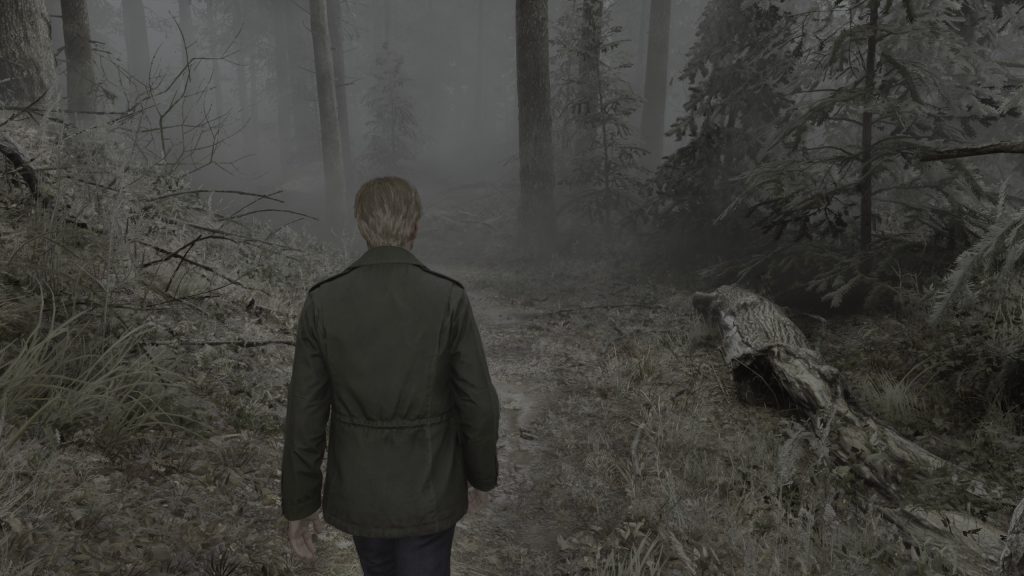
You might be wondering why Silent Hill 2 was chosen for a facelift. The reason is that it's the favorite of the series for the majority of the players, and also the one that sold the most copies. The creators had a difficult task ahead of them. It was no coincidence, for the series in general, that while over the years we've had countless would-be Resident Evil imitators (sometimes notable and sometimes of dubious quality), in Silent Hill-influenced games, there was no comparable buzz, for the reasons I stated earlier. How do you handle something so beloved without inciting the wrath of diehard fans? So let's see if Bloober Team understood what made this one unique.
The protagonist of the game, James Sunderland, receives a letter from his wife Mary. The letter states that she is alone and waiting for him in their "special place". This is the resort where they had created some of their best memories, the town of Silent Hill. There is one issue though... His wife has been dead for 3 years. The mysterious letter piques his interest and with nothing to lose, he travels to Silent Hill. He soon finds that the town is not the idyllic place they once stayed. Silent Hill has been abandoned, a thick fog hides ghosts of the past, and skewed shadows can be seen out of the corner of the eye before being engulfed by it. Along the way, he will meet other characters, such as Angela and Eddie, who have been there for their own reasons. I'll stop here, as there is no greater pleasure than to discover without any interference one of the best stories written in the medium, regardless of genre.
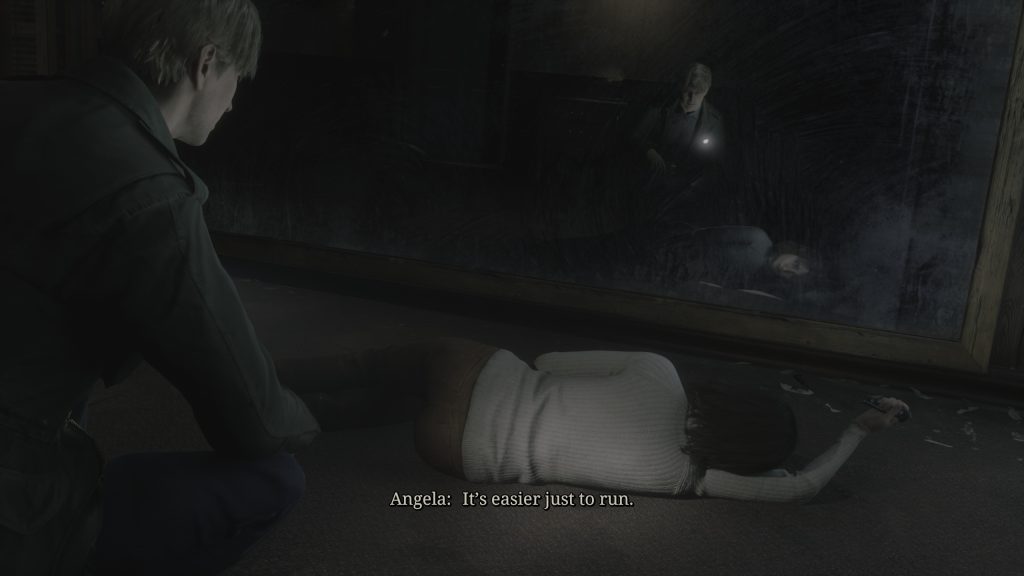
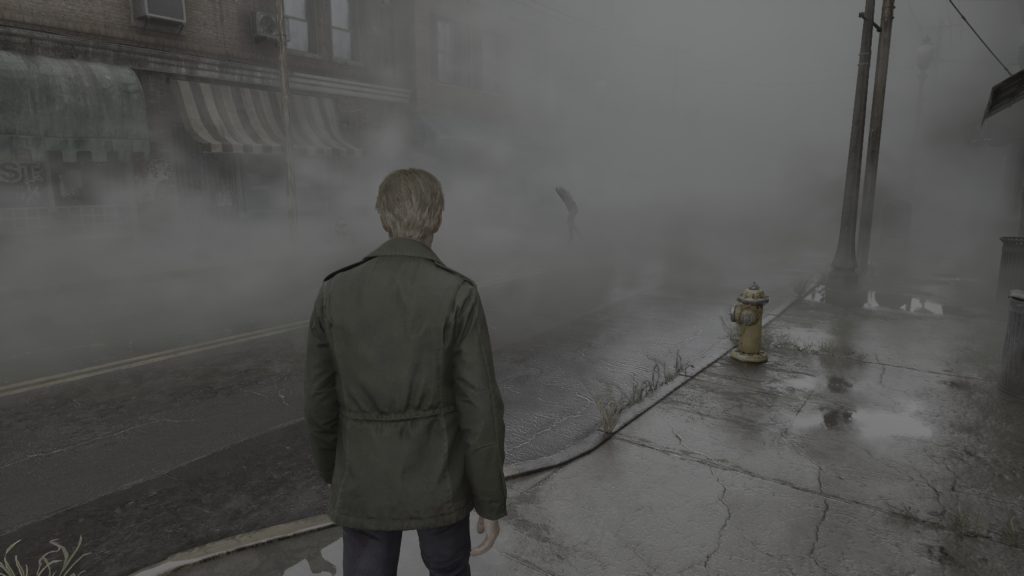
Silent Hill 2 is laden with symbolism. These can be found in events we experience, character interactions, environments and how they are perceived by them, the various creatures that are a mockery to all notions of normality and anatomy (courtesy of creature designer Masahiro Ito, the first returning member of Team Silent), etc. The game goes above and beyond environmental storytelling 101. It makes the player question and feel lost, like a spectator in a distant dream. To question what is real and what is not, even after the curtain falls. The outcome might not have been as powerful without the exquisite performances of the actors. They lend their natural likeness and voice to a highly professional performance that captures every emotional inflection of their complex personalities.

There have been no tweaks to the story, other than some new lines of dialogue, some differences in the sequence of events and the expansion of the lore. So the one big wager has been won. Let's move on to the other, which is the crucial part of the gameplay. The original game had more fluid gameplay than its RE counterpart of that era. By today's standards, it's not unplayable but it does have a bit of jank. Fast-forward back to the game of 2024, where we the unexpected has happened: Bloober Team, which had been criticized by some survival horror fans for its interactive storytelling approach to the genre, offers us a solid combat system. As predicated by today's standards, the camera is third-person, the aiming is unrestricted and the tension of each confrontation is at its peak. James can dodge the attacks of the creatures who want to introduce him to their inner world. A few well-placed shots to the head or legs leave them vulnerable to being "softened up" with the melee weapon we have on us at the time. The strain of each hit is captured with great intensity and effort by the battered protagonist, he's not a trained soldier after all. The creatures react with appropriate feedback and the animations in general are well done, and deliberately unnatural when they need to be. To provide the right balance, enemies are more aggressive, faster, and we can't stun lock them in close combat anymore. Respectively, our supplies of health items and especially ammo are limited compared to the original game, at least in the first few hours of the game. As for the "transformation" that the boss encounters have undergone, it's suffice to say that they left me speechless.
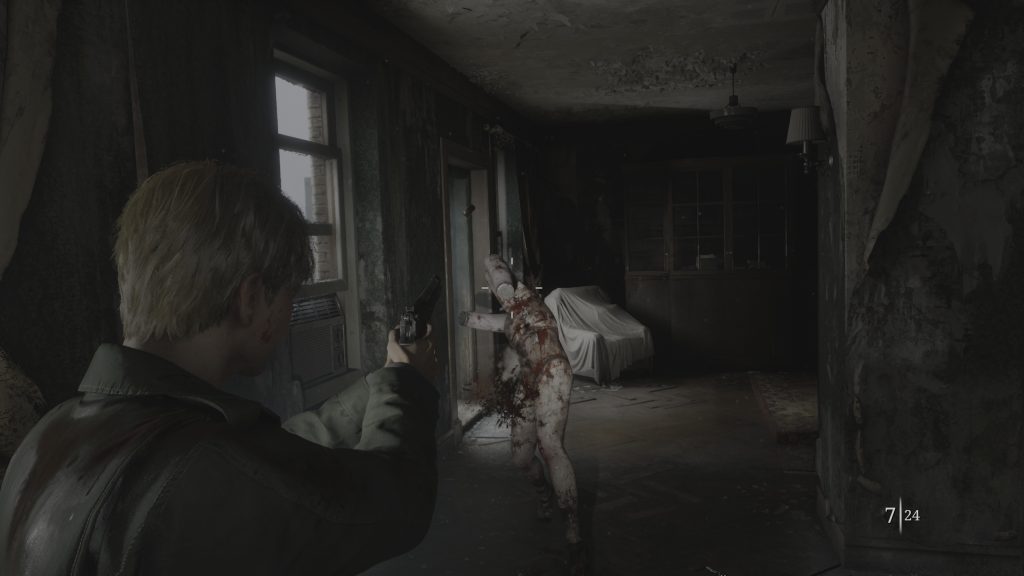
The flashlight and the radio are invaluable tools will make our lives easier and are a staple of the series. For the first one no explanation is needed. The second gadget starts playing static when a danger is near (depending on the distance). Note that on the one hand they spare you from unpleasant surprises, but on the other they can attract some unwanted attention (especially the radio). Another form of obstacles in our damned quest are the puzzles. In Silent Hill not only do they not feel out of place, but they add to the ominous sense of mystery. Old puzzles have been modified in various ways, and several new ones have been added. They are generally based on either object use or finding clues in some text. They range above average, and there is a separate option for diffuclty level in the puzzles. The game was tested on standard difficulty, but if it works like the original, then the solutions are varied quite a bit, adding some points to the replay value. The developers deserve a lot of praise for how they approached the redesign of each map. Many inaccessible places are now accessible, and areas have been greatly expanded. The way they are interconnected is better than ever and exploration becomes an entirely fresh experience, even for someone who has played the 2001 game recently.
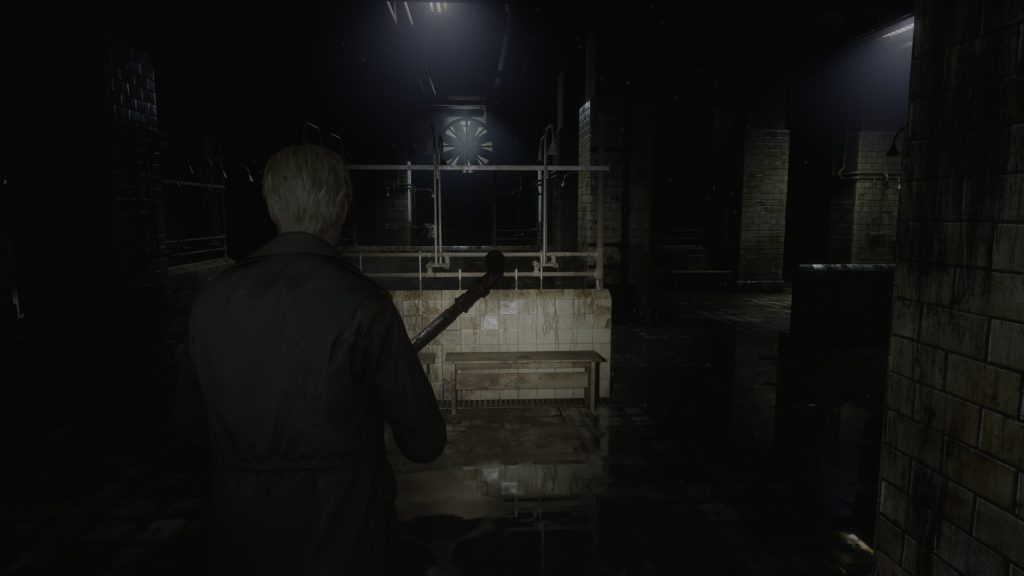
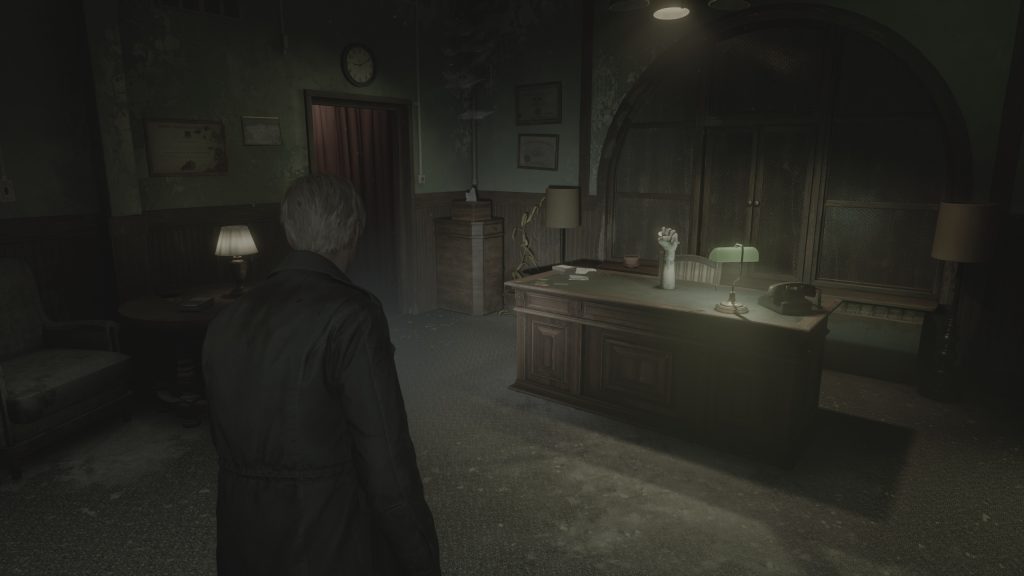
A special mention should be made of the town of Silent Hill itself. It is the common denominator and (atypically) the 2nd protagonist of all the games in the series. In each episode it is the central stage where the story unfolds, with a distinct influence on the psyche of each protagonist. For James, the once idyllic place is a dismal and ravaged place that will bring him face to face with his personal demons. Every abandoned shop and apartment has a little story behind it. Sometimes a drama, a local crime, a heavy past that puts its own mark on the stifling atmosphere that overwhelms him. James, and by extension you as the player, don't want to be there. Wood Side Apartments or Brookhaven Hospital are not places that welcome you for cozy reflection.
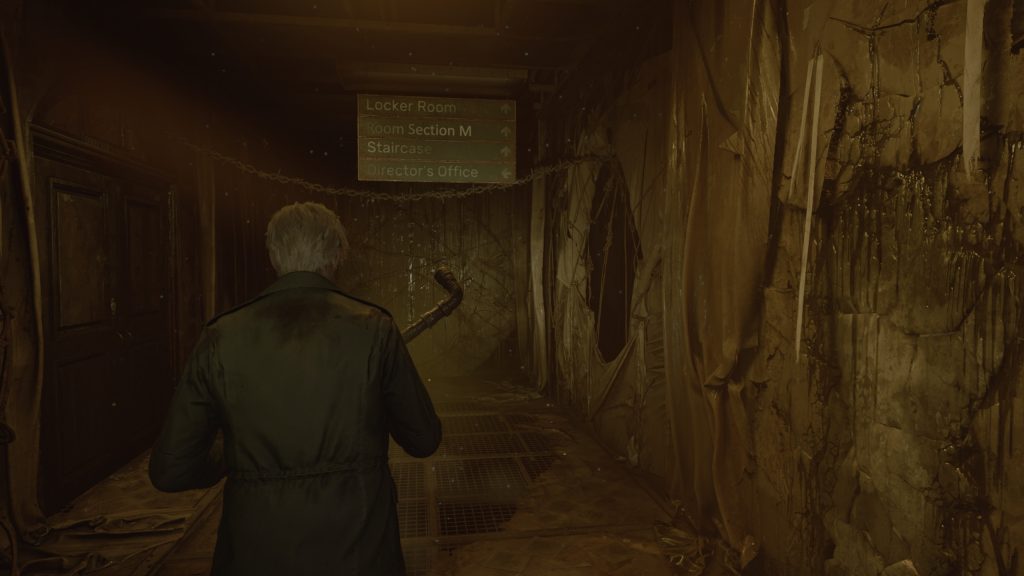
A place once bustling with life is now a purgatory of tortured souls that is redolent of blood, rusty metal and dust. This is even more pronounced when the city transitions to the Otherworld, where words cannot suffice to describe the morbidity and decay. The fog gives way to darkness. Walls covered with rags, rusty metal floors and grids, piles of garbage, abysmal chasms and incomplete structures compose the backdrop of decadence. Creatures with an even more hideous and grimy appearance stagger through its streets. Like a nightmare you vaguely remember when you wake up, only here you're already awake.
Bloober Team's title makes use of the recent Unreal Engine 5. As expected, the result is a delight to behold. The textures have unparalleled detail in both characters and environments. Despite the town looking like a place that had died long ago, the locations are anything but still-life art. Tattered sheets and papers move with the wind, withered leaves swirl in the street, smoke billows from a vent, etc. that add greatly to the atmosphere the game is trying to build. Particularly impressive is the fog, an integral phenomenon of Silent Hill, which drifts slowly and covers everything under its veil. In certain places that I don't want to spoil, it will make your visibility quite difficult and make you anxious. It's in these details that Silent Hill 2 has no contemporary equal.
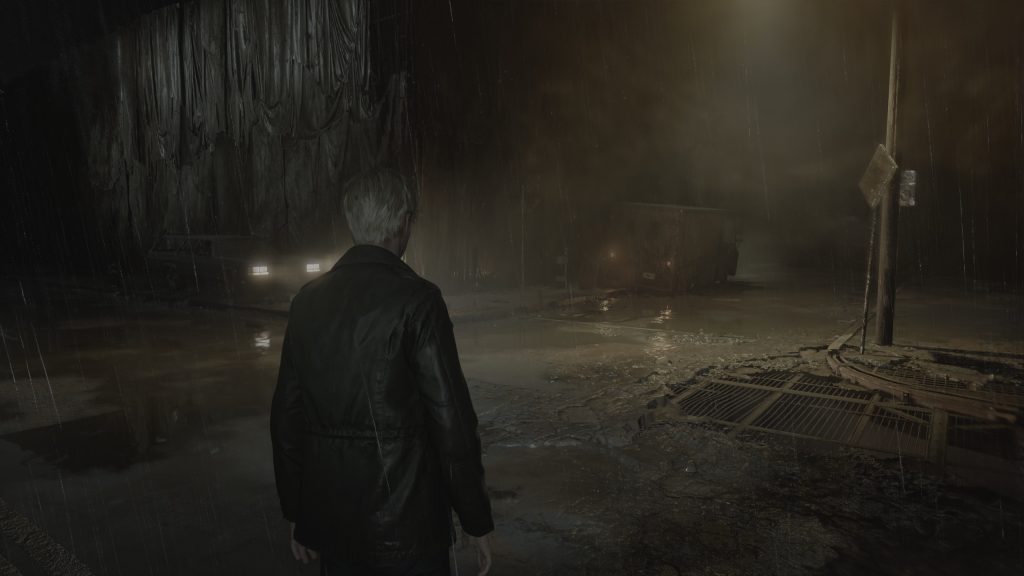
As a result, you'll need a relatively beefy setup to run the game with all the settings at maximum. On the plus side, there is a wide range of settings in graphics, but also in accessibility (for example, size and type of visual cues associated with interaction in the environment, up to disabling the UI completely). On the flipside, the performance of the title could have been better. On my system (Windows 10 Pro, AMD Radeon RX 6800XT, 32GB, AMD Ryzen 7 5800X), with Ray Tracing on - good implementation, especially indoors - and shadows on medium, I had 35-40 frames. The maximum performance I was getting out of it (RT off and FSR3.0 on, Balanced setting) was for the most part 80-100 fps. Comparing it to Resident Evil 4, the most demanding of Capcom's remakes, I had 15-20 frames less. The developers are aware of this, as well as the occasional stuttering that many players have experienced, and are working on an optimization patch.
Another veteran of the series, the great Akira Yamaoka, returns on the soundtrack. He breathes new life into his old classic compositions, with some impeccable re-arrangements (certainly backed up by a better production). The trip-hop influences are reduced (understandable to a certain extent, as the genre was thriving when the original game was released), making way for a more cinematic and classical approach. The new tracks, which are quite a few in number, ranging from ambient noise to melancholic piano-dominated melodies and everything in between, are completely in the vein of the older ones. Overall, these are excellent tracks that are part of the identity of Konami's series. Finally, the spine-chilling sound effects have not only been retained, but enhanced. The distant gurgling of a creature, banging on the walls, distant footsteps, eerie whispers, and of course the radio static are here to make you feel (very) uncomfortable. Headphones are a must in order to appreciate the quality here.

A project that was met with much skepticism, critique and whining, triumphantly brings the series back from the slumber it has been in for the past 12 years. Bloober Team's Silent Hill 2 is a fine example of how to make a modern psychological horror game while keeping the genre's hallmarks intact. The foundations were already in place and the developers from Poland, handled the original material with respect, adding extra content at their discretion in the form of dialogue, areas, etc. Which is welcome, since it's seamlessly integrated into the atmosphere and overall aesthetic of the game and doesn't feel incongruous. Well done Bloober Team and kudos to Konami for trusting them! Can we also have a remake of the first game, please?
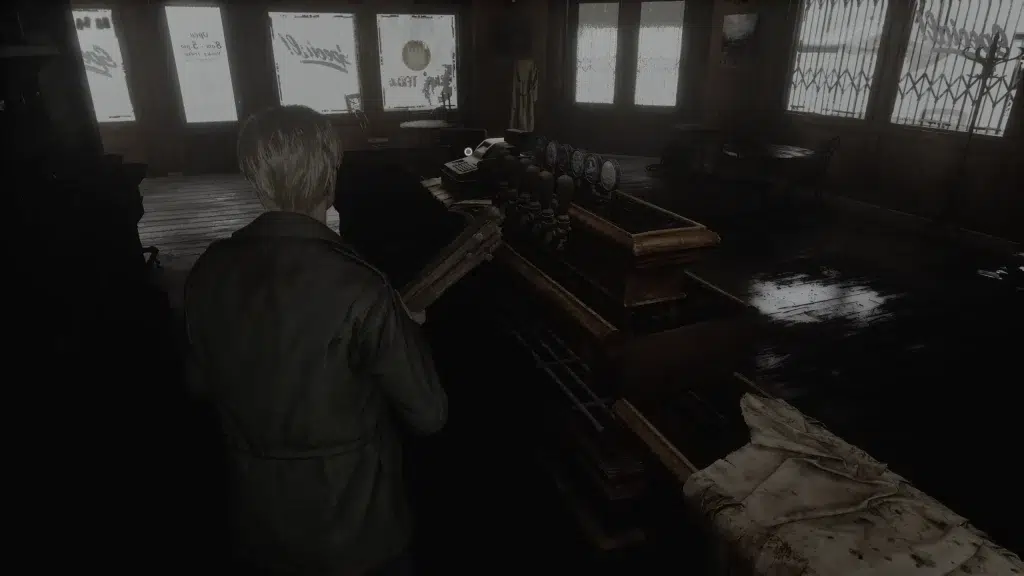
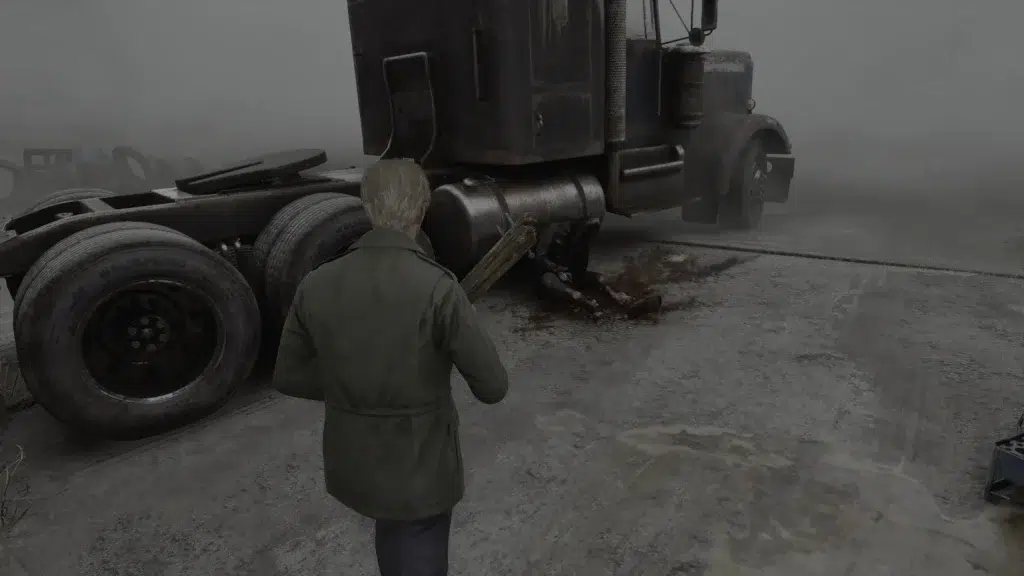
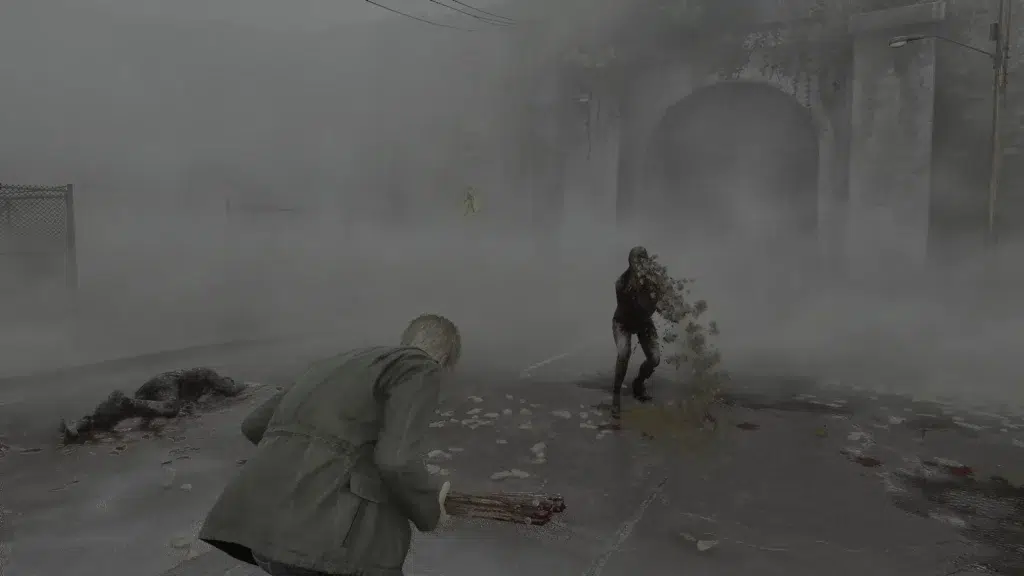
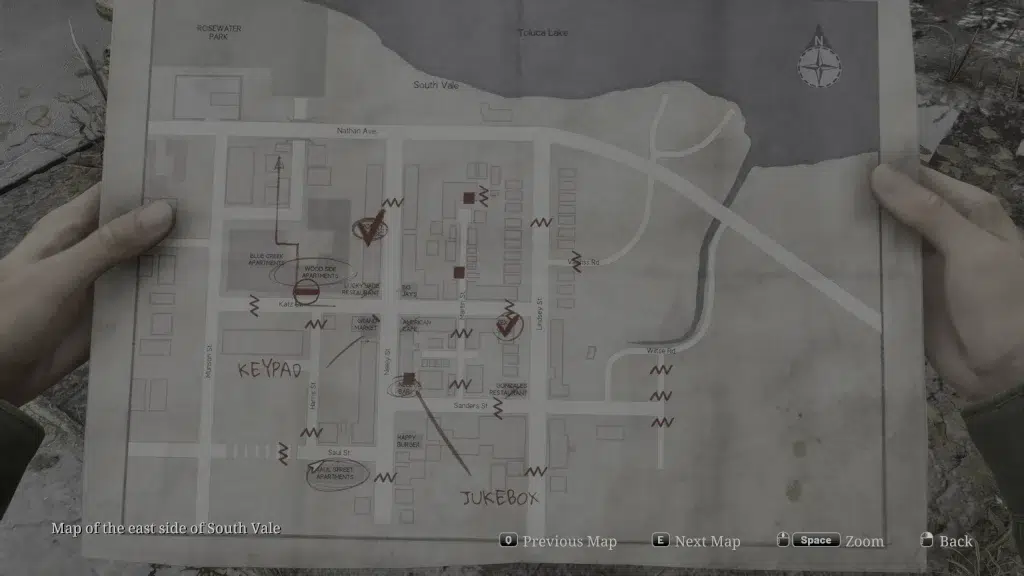
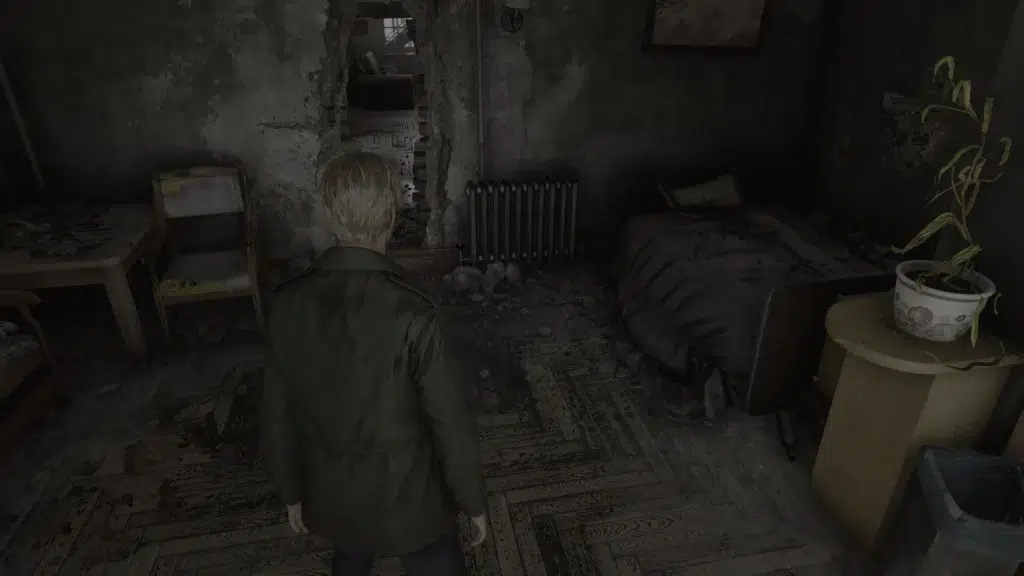
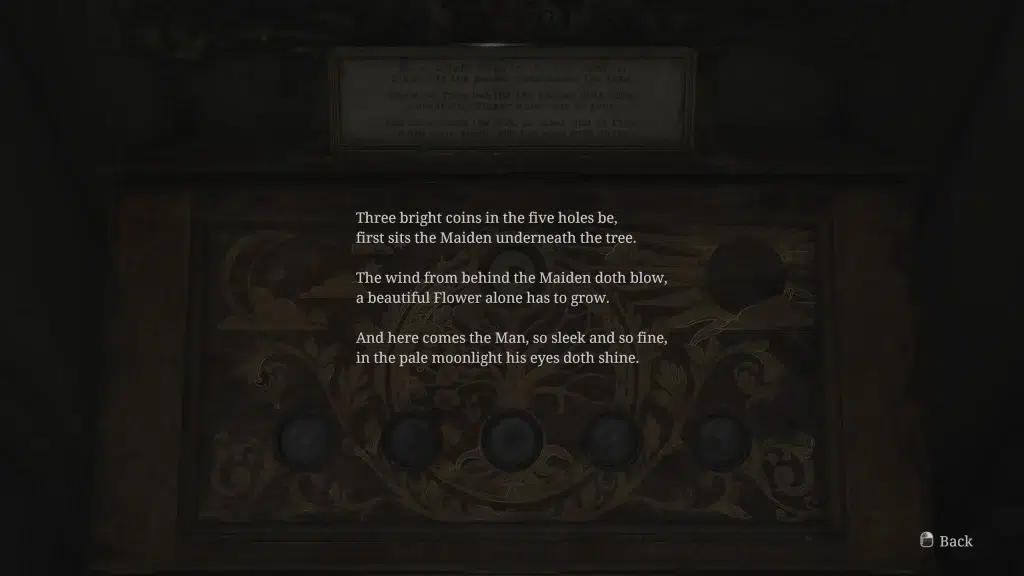

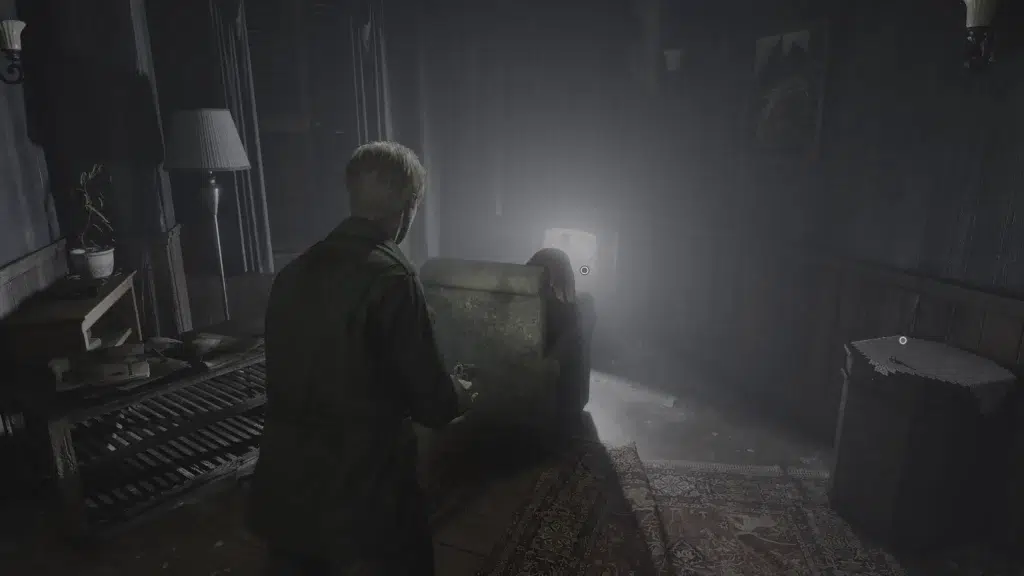

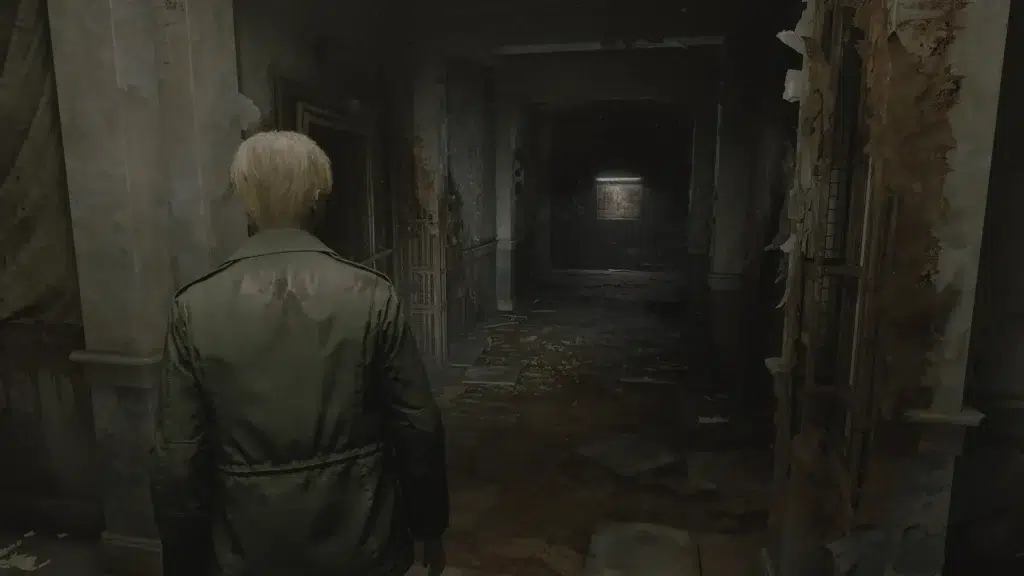
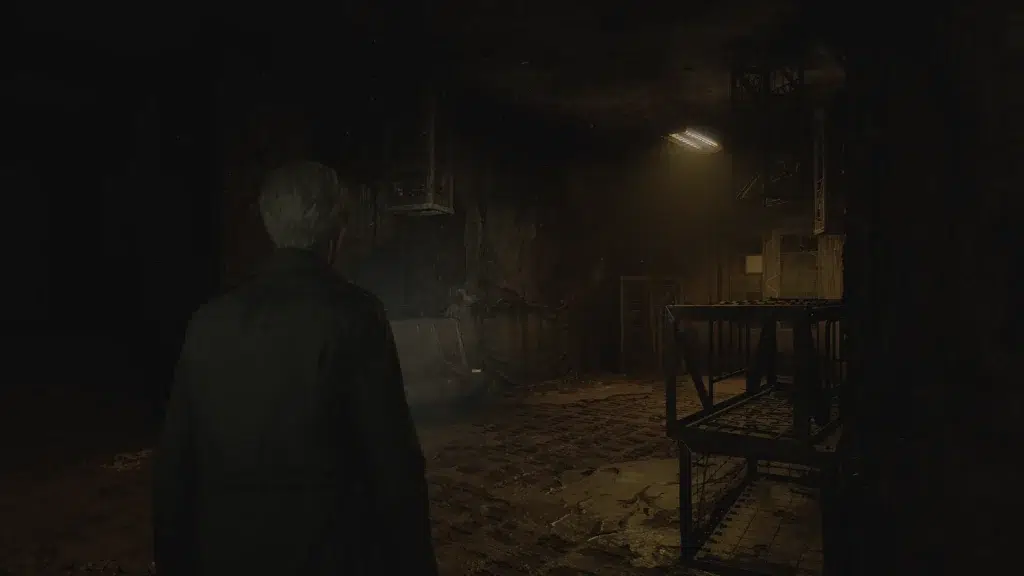
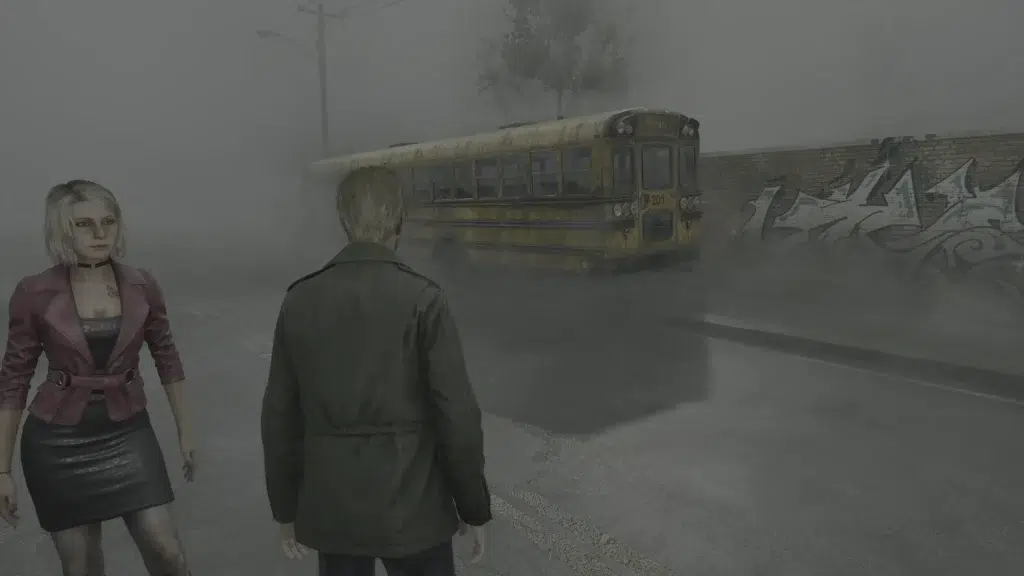
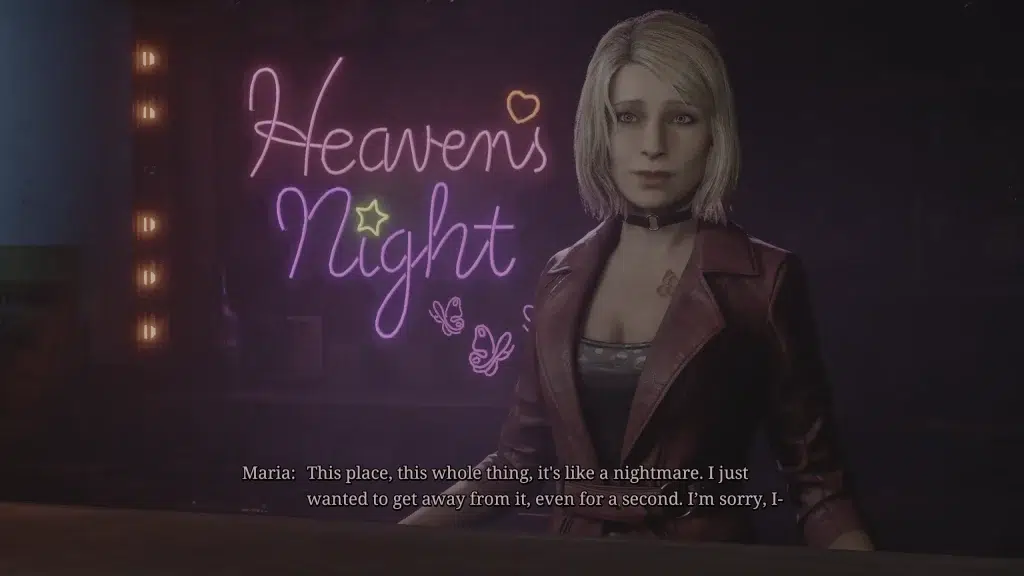
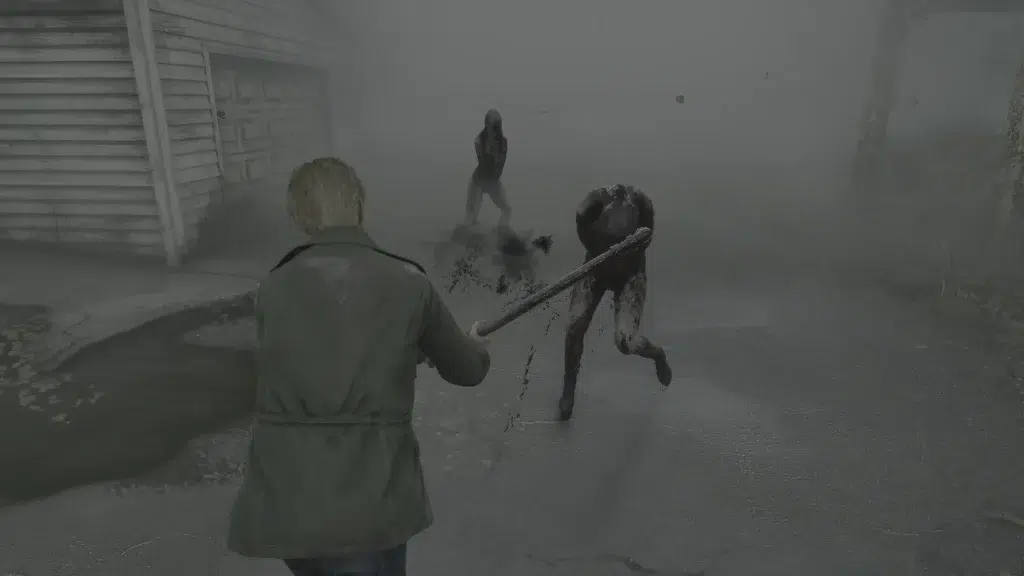
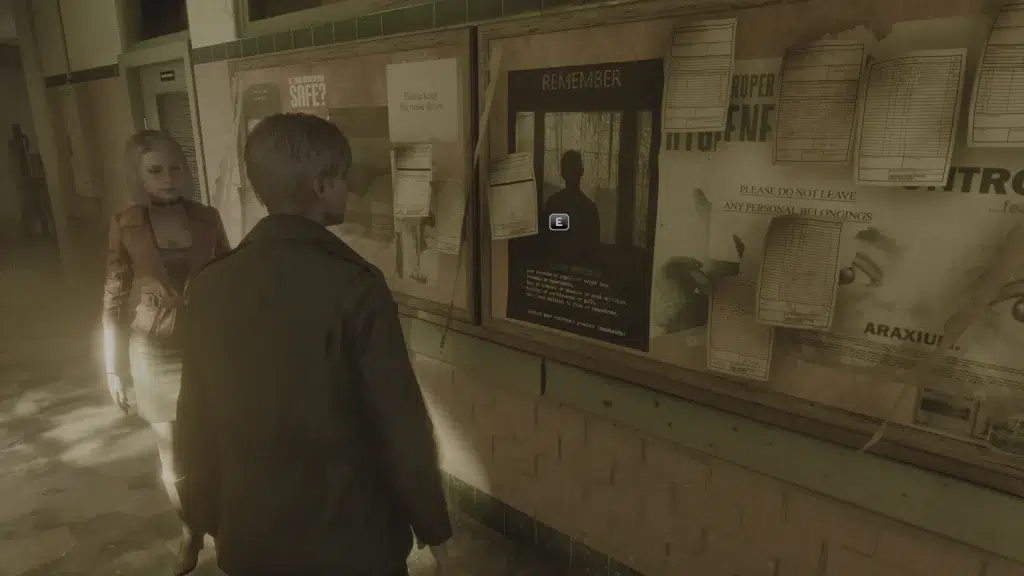
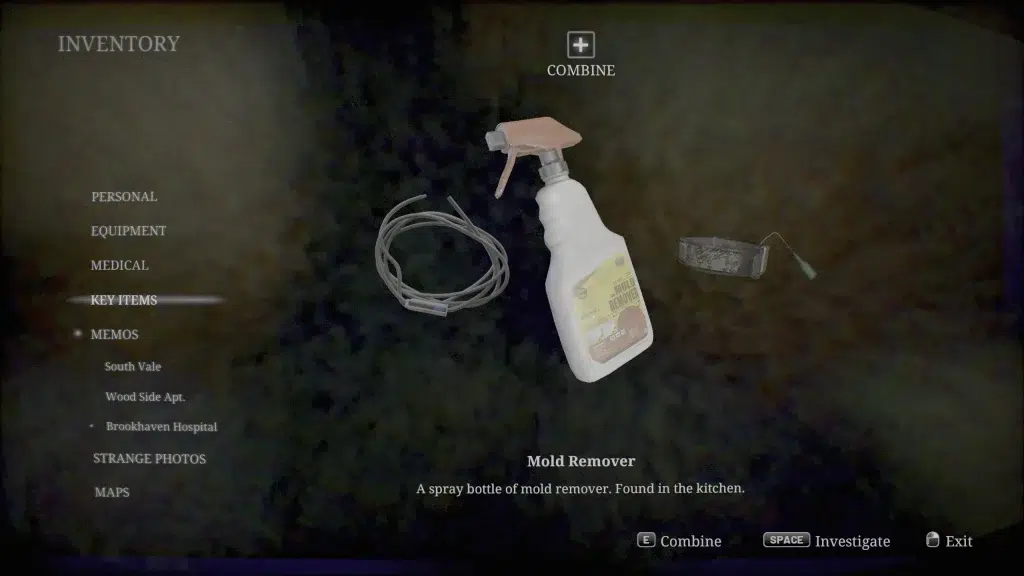
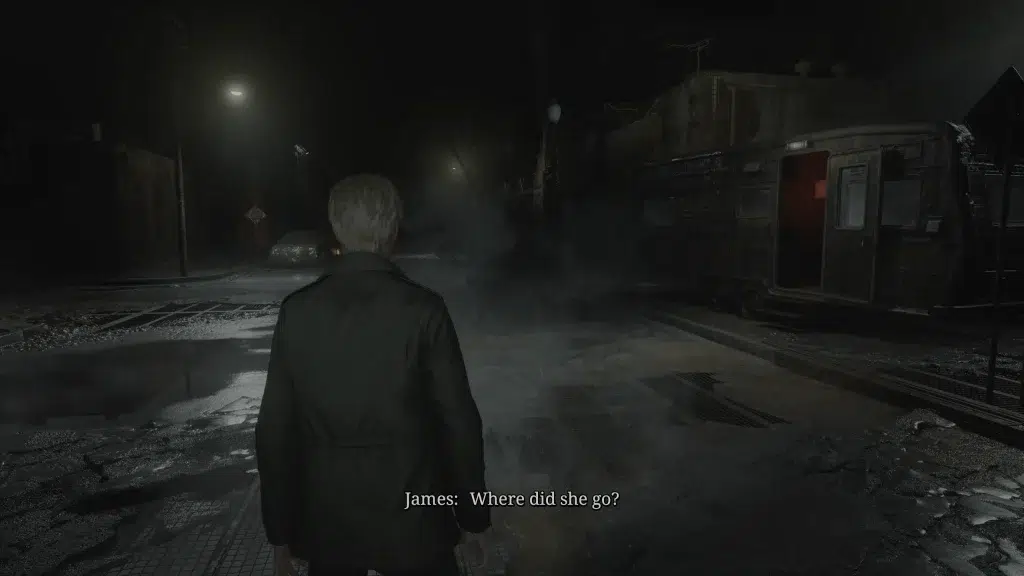
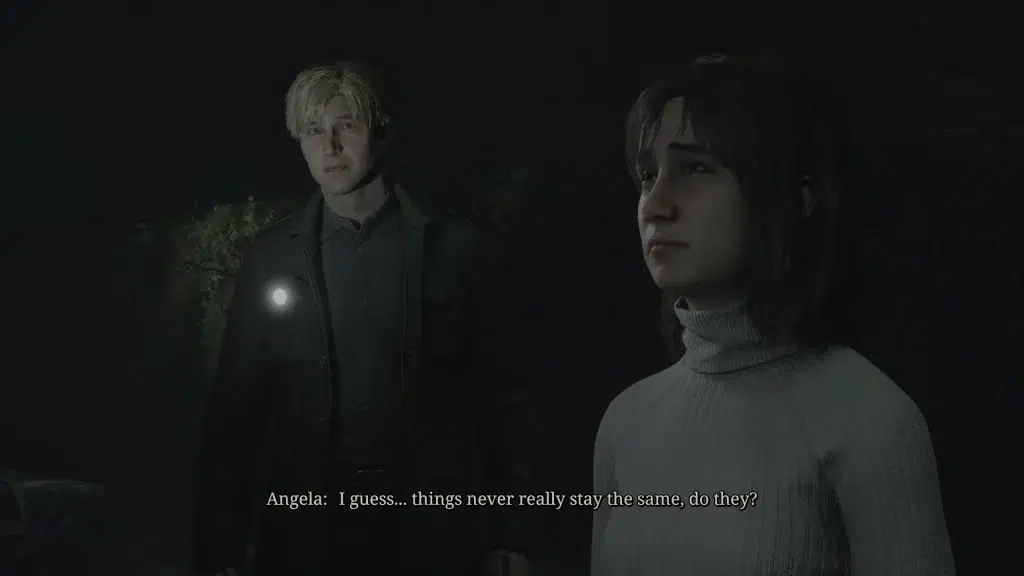
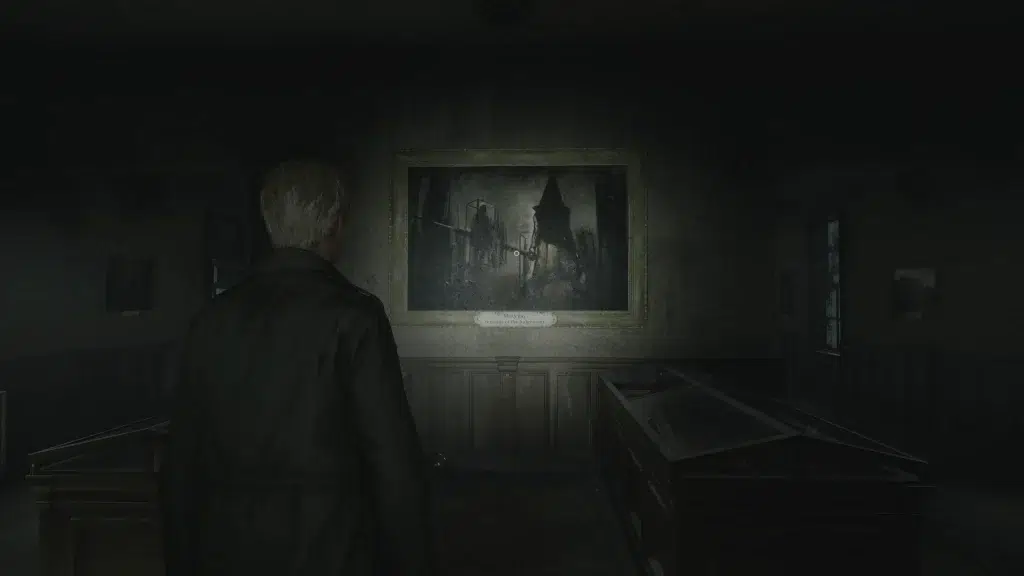
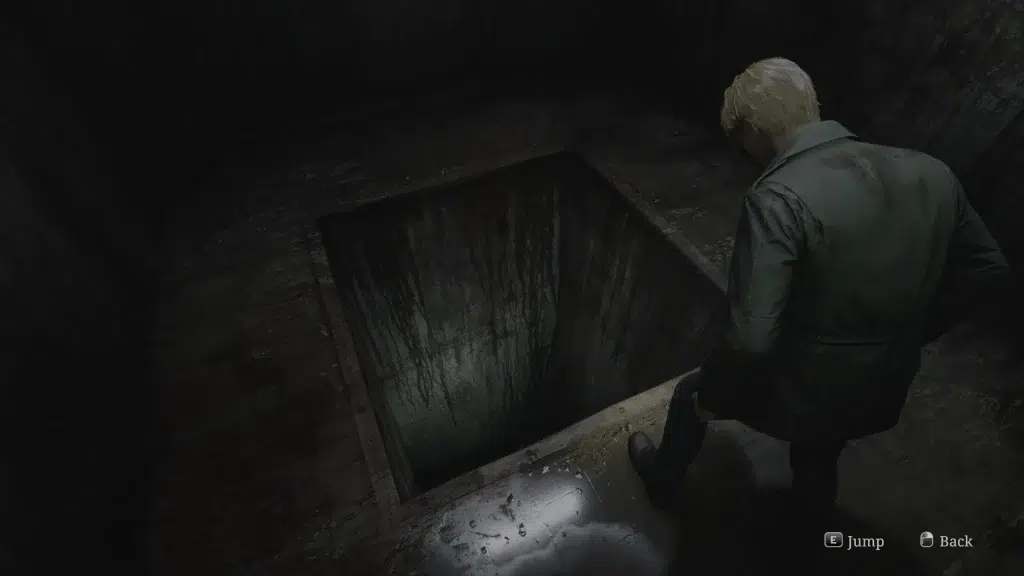

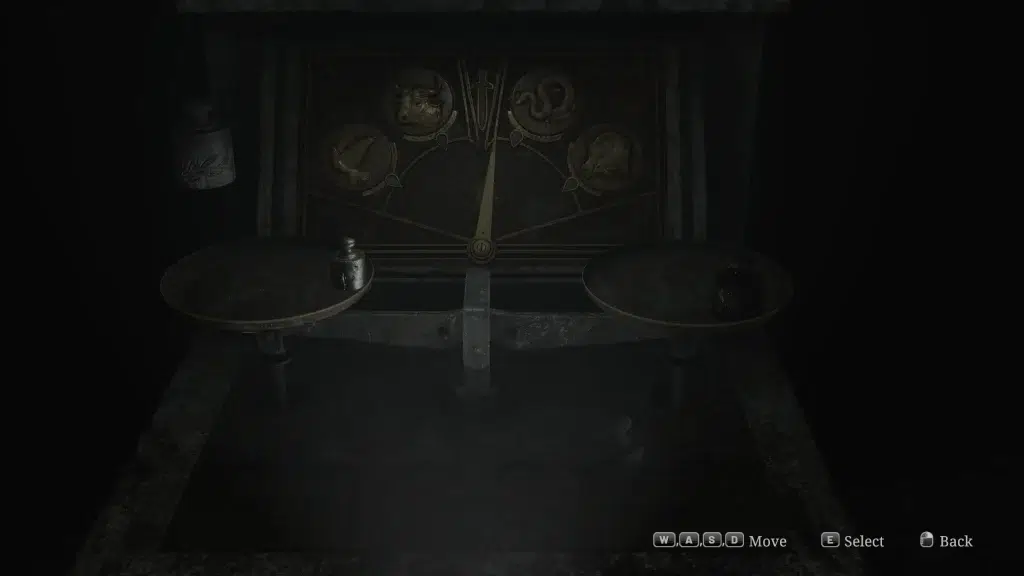

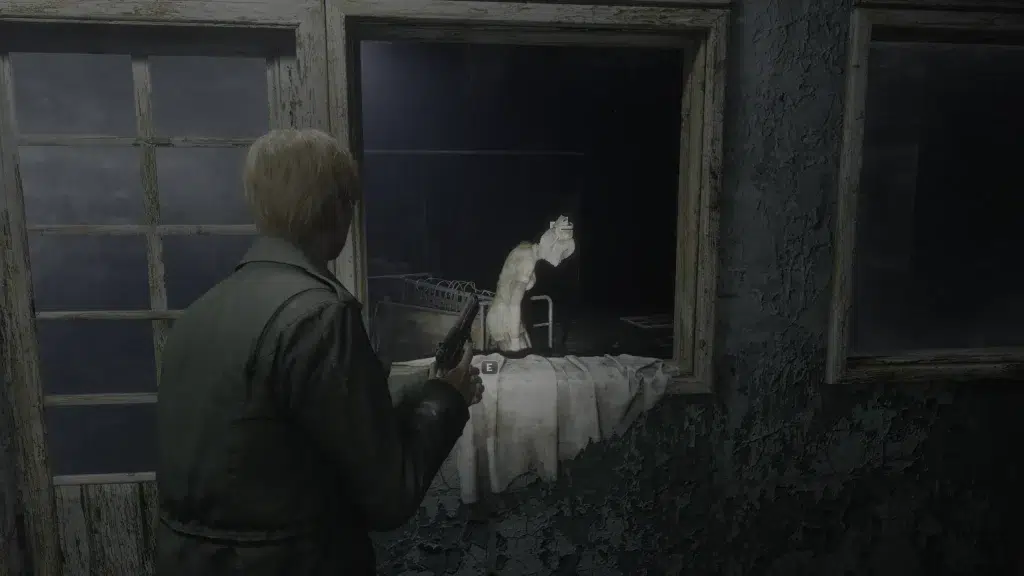
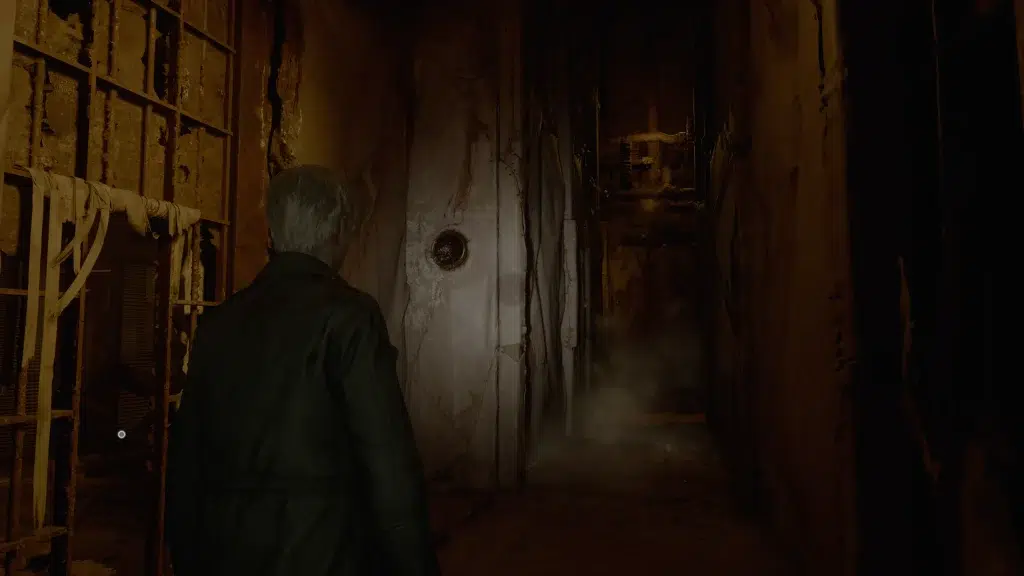
We would like to thank CD Media for providing the review code.
In my restless dreams, I still see that town...
RATING - 96%
96%
Distressing, mature, essential.
A triple-A masterpiece of psychological horror, that doesn't concede even an inch of the oppressiveness and bleakness of the original manifestation, created by a team that silenced even the most doubtful voices with their unrestrained talent. Hard to believe, yet here it is!
